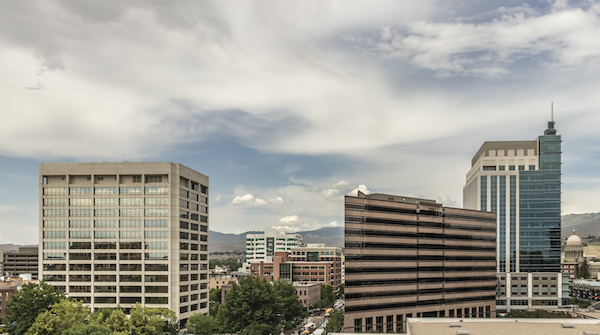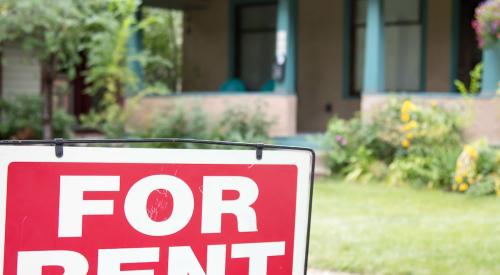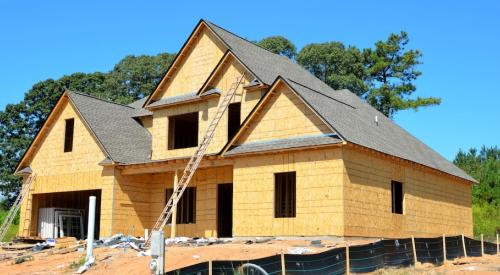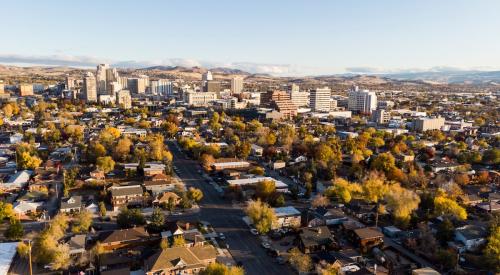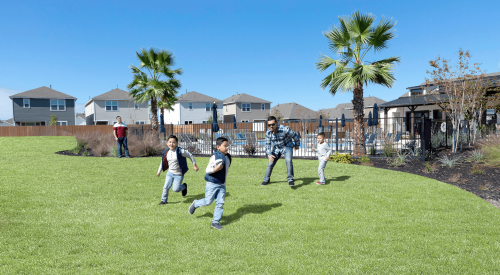In just five years, the median price of a single-family home in Boise, Idaho, has climbed 75 percent, jumping from $172,900 to just over $303,100. The rising home costs are quadruple the growth rate in median family income, pricing many families out of homeownership and stagnating job growth. Coupled with the drop in home builder activity in the area, the lack of affordable housing may push more residents into the rental market in the coming years. Even though most residents can still afford a home, experts say it is much better to rent than to buy in Boise. In fact, Millionacres, a real estate investment site, ranked the city as the number one market for rental investment.
You knew that skyrocketing prices have made Boise-area houses increasingly unaffordable. A new national report suggests just how serious the Treasure Valley's problem has become in the past five years.
Between 2014 and the third quarter of 2019, the median price of a single-family home in the Boise area increased 75%, to $303,100 from $172,900, according to the study by the National Association of Realtors, the trade association for real estate agents. The increase in home prices was quadruple the 18% growth rate in median family income, which rose from $62,000 to $73,101 by the association's estimate.
The divergence between prices and income created the largest drop in affordability among the nation's top 174 metro areas, the Realtors said.
And that's not all. Affordability has worsened to the point that it is starting to stunt the Boise area's job growth, the Realtors say, as it already has in Portland and Seattle.
"I'm beginning to sense the dropping unaffordability of Boise is beginning to hinder job-growth potential," said Lawrence Yun, an economist for the Realtors, in a phone interview with the Idaho Statesman.
Workers may not be feeling any job-growth impact yet, because unemployment is still so low here -- 2.4% in December — and help-wanted signs are prevalent. The local economy remains strong.
